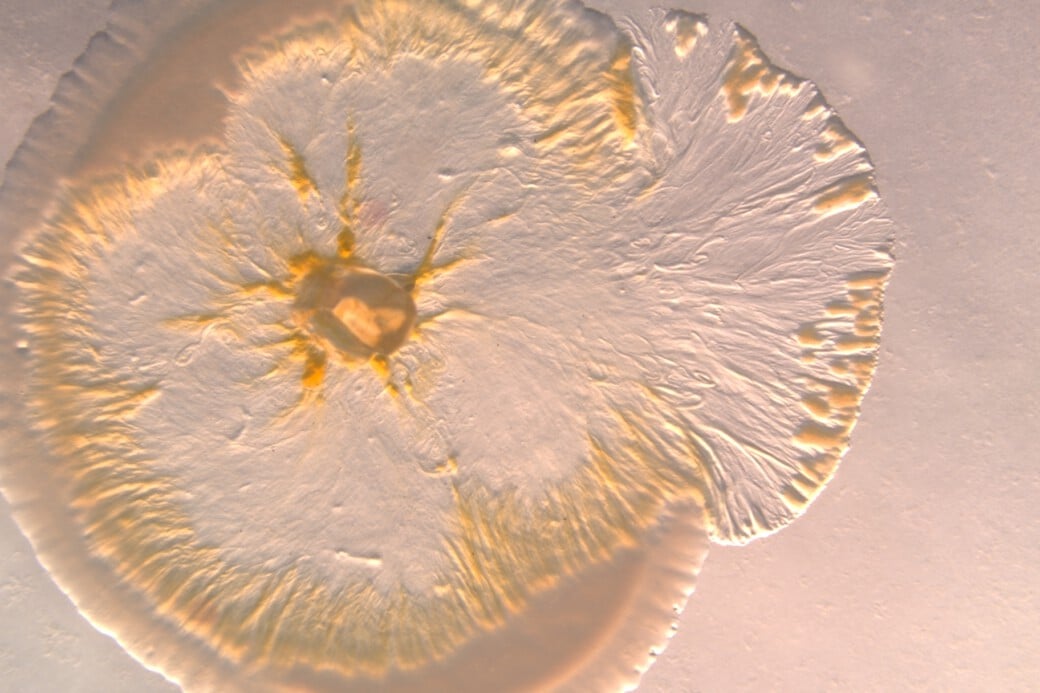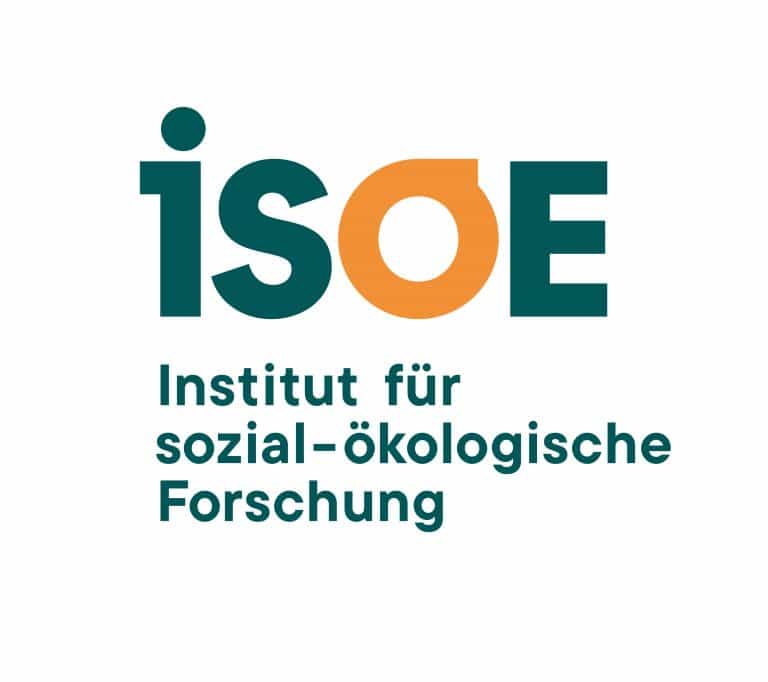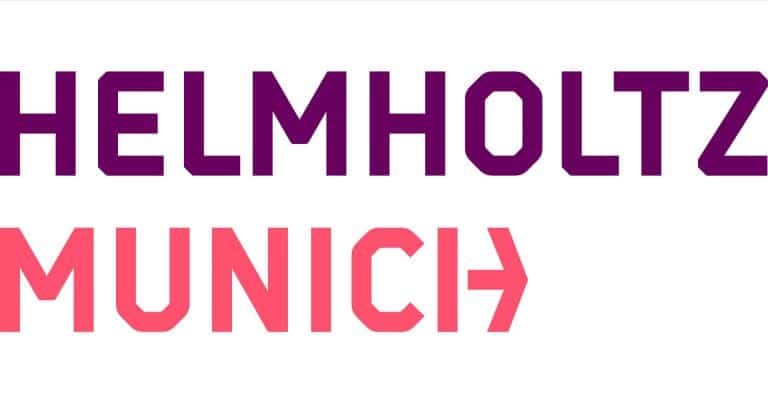A molecular census of land-use intensity effects on the soil biota in grasslands
Soils host the most complex communities on Earth, and are vital resources that provide essential ecosystem services and food security to humankind. Due to the complexity of soils, there is no comprehensive census regarding the organismic diversity comprising bacteria, archaea, protists, fungi, metazoan and viruses, for any soil, and thus the effects of land-use intensity changes on the belowground biota have been difficult to assess. In fact, there was no single method to assess soil microbiota and soil fauna diversity, abundance and community composition at high taxonomic resolution. Double-RNA metatranscriptomics now enables such holistic census studies across phylogenetic domains and trophic levels based on rRNA and mRNA. We propose an integrated molecular census of land-use intensity effects on belowground soil biota guilds in the grassland soils of the Biodiversity Exploratories.

The main objective of BE_CENSE is to assess the impact of land-use intensity effects on the diversity of the whole grassland soil biota. Deeply sequenced metatranscriptomes of the 150 grassland plots will be generated and analysed via ribosomal RNA and messenger RNA of the microbiomes. Such a holistic approach can provide unique insights into LUI effects, since emergent properties resulting from biotic interactions between groups (i.e. microbial food web structures), are being potentially captured.
We will test four complementary hypotheses in two work packages (WP). WP1 will test to what extend differences in LUI result in changes in the taxonomic composition of the grassland soil biota, and more specifically the structure of the microbial food web. More precisely, we hypothesise that high LUI will, via soil compaction, lead to a lower abundance and diversity of mesofauna, as compared to prokaryotes, protists and viruses. The reduced top-down control of the larger animals will have cascading effects onto the soil microbial food web by increasing the importance of protists, bacterial and viral micro-predators, thus resulting in a trophic downgrading of the soil ecosystem under high LUI. Furthermore, in WP2 we aim to reveal the seasonal and spatial dynamics in the soil microbial food web in top- and subsoils. To master this ambitious task, experts from soil metatranscriptomics, bacterial and archaeal microbiology, and soil protistologists have teamed up to provide the necessary broad methodological and scientific background.
The outcome of BE_CENSE will be an unprecedented view into the effects of land-use intensity (LUI) on the diversity of functional guilds in the belowground biota in grasslands.









